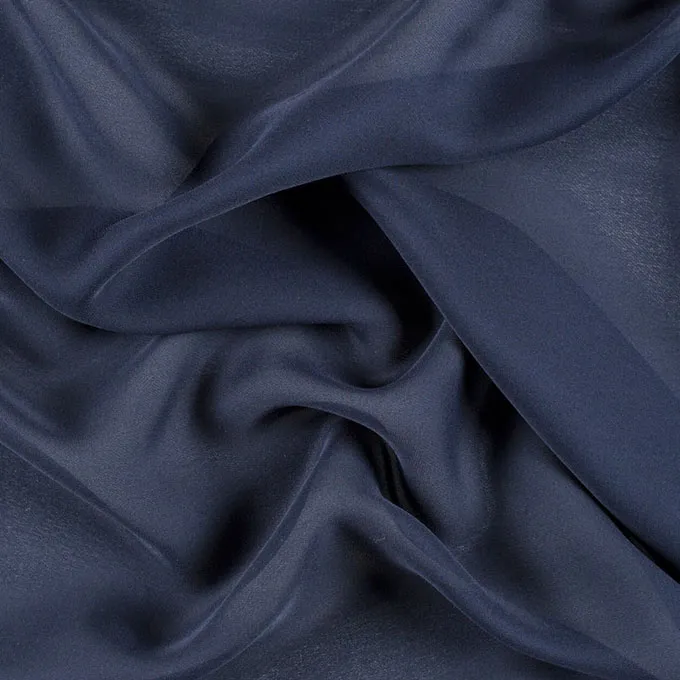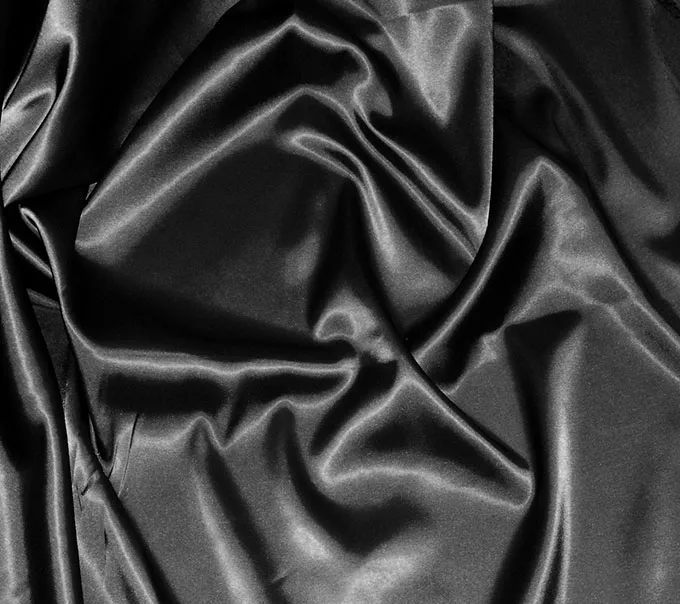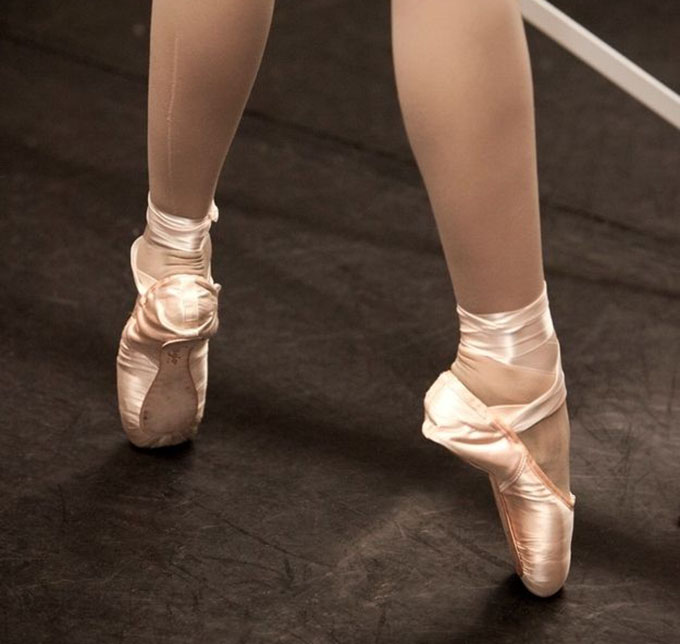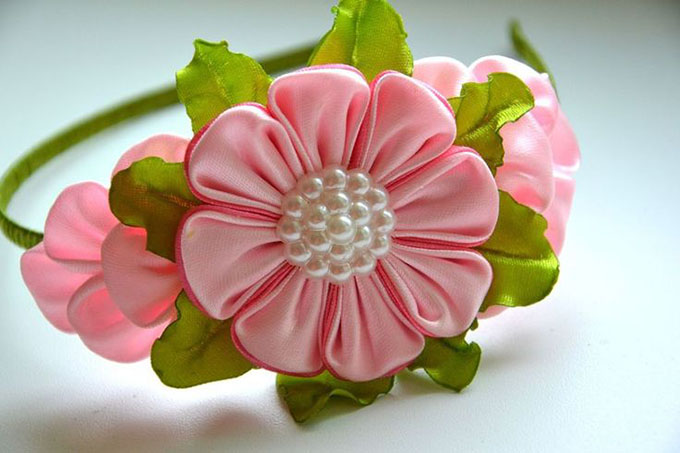Satin is a kind of fabric widely used for various uses, including dresses, particularly evening wear; linings; bedspreads; and upholstery. It is also known as a texture thick smooth silk fabric, which is characterized by a smooth surface and usually a lustrous face and dull back. Though originally a silk fabric, it is now made of yarns of other fibers. An all-cotton fabric woven in the satin structure is known as sateen.

So, when did the satin fabric originate? What is the type of satin? How exquisite the dress is when formed with satin fabric? All of the above questions will be explained in the flowing article.
Satin History
The term satin originated in the Middle Ages and was first used to describe a luxurious, heavy type of silk also known as samite. The word satin comes from the name of a Chinese port town: Zaitun. Zaitun is now known by the name Quanzhou. Chinese textile artists have long created beautiful satin used in robes.

Satin was one of many exotic items traded between China, the Arab World, and Western Europe during the Middle Ages, fostering an increased flow of commerce and information between these areas. The fabric was first made available in Italy during the 12th century. By the 14th century, the fabric was widely available throughout Europe, but due to its cost, it was most often worn by royalty.
Satin Types
Types of satin include crepeback, which is made from crepe yarns, as well as antique-style satin, which is created by using "slubs" which are yarns with both thick and thin areas. Slipper satin is used for footwear, and Duchesse satin is a crisp kind of satin that is prized for use in wedding gowns and other formal wear.
Now, below we introduce three main types of satin fabric simply.

Charmuse can often withstand machine washing, but it does not breathe as well as silk satin. Charmeuse has traditionally been a popular fabric for women’s clothing. Today, it is commonly found in wedding dresses, bridesmaid dresses, and flower girl dresses. Generally made of silk, rayon, or polyester, this fabric has a shiny face and dull back.

An elegant and lustrous fabric, silk duchesse satin is shiny, heavy, and luxurious. Often used for couture wedding gowns or extravagant home decor, it has been around since ancient China. Silk weavers made this textile with many layers of delicate fibers that created a soft texture with a lot of body and sheen. It is a popular choice for wedding gowns because it drapes well, helping to create full and beautiful skirts.

Stretched Satin is the same as ordinary satin fabric except with an additional 5% spandex added. This type of satin carries the same uses as regular satin although it incorporates a form-fitting look to the garment. Can be used in the making of pants, sports apparel, and dresses.
Due to the versatility of fashion design, the dresses come in different and lovely collections of material, from silk to satin and evening chiffon finishing. Each season, as designers introduce trendy gowns and dress silhouettes, delicate fabrics such as satin are often incorporated.
Styles of Satin Dress
Never underestimate the enduring beauty of a satin gown.



Satin fabric is commonly used in apparel: satin baseball jackets, athletic shorts, women’s lingerie, nightgowns, blouses, and evening gowns, but also in some men’s boxer shorts, briefs, shirts, and neckties. It is also used in the production of pointy shoes for use in ballet. Other uses include interior furnishing fabrics, upholstery, and bed sheets.


How to clean satin
- Satin clothes should be washed by hand or on the delicate cycle of a washer, using cold water and a gentle detergent.
- If you hand-washing let the clothes soak in the sudsy water for 5 minutes, then wash with cold water.
- Do not use a dryer. Remove the excess water using a clean, dry towel. Put the clothes flat on the towel and roll it, apply pressure to squeeze out excess water. Unroll, and continue to finish air drying, away from sun or excess heat. Iron the items inside-out on a medium/light setting.
- For very delicate satin clothes use only dry-cleaning.
- Do not: use hot water, squeeze satin clothes and expose them to the sun.

